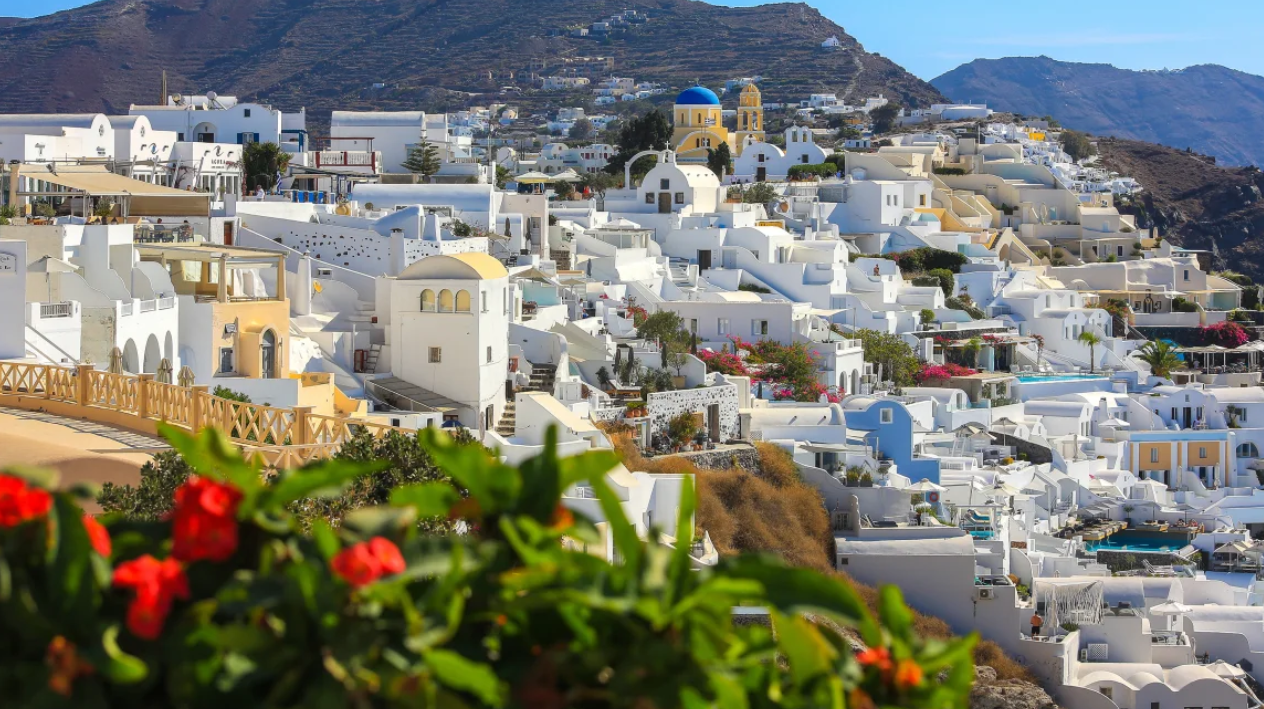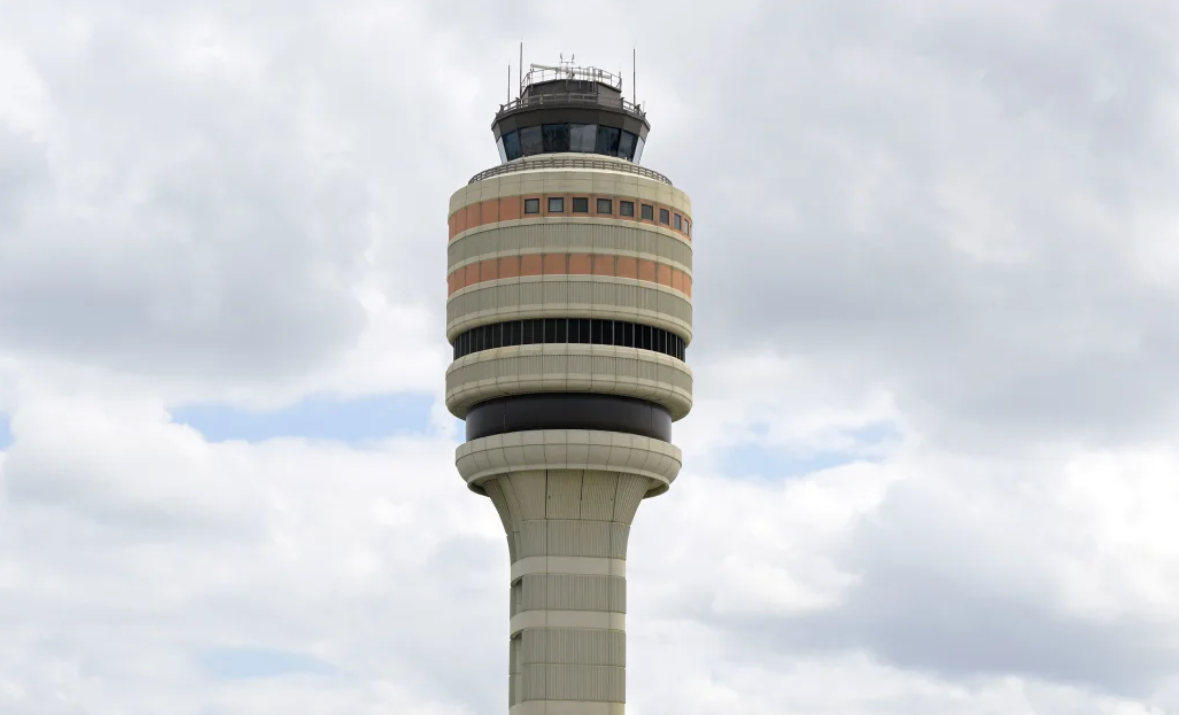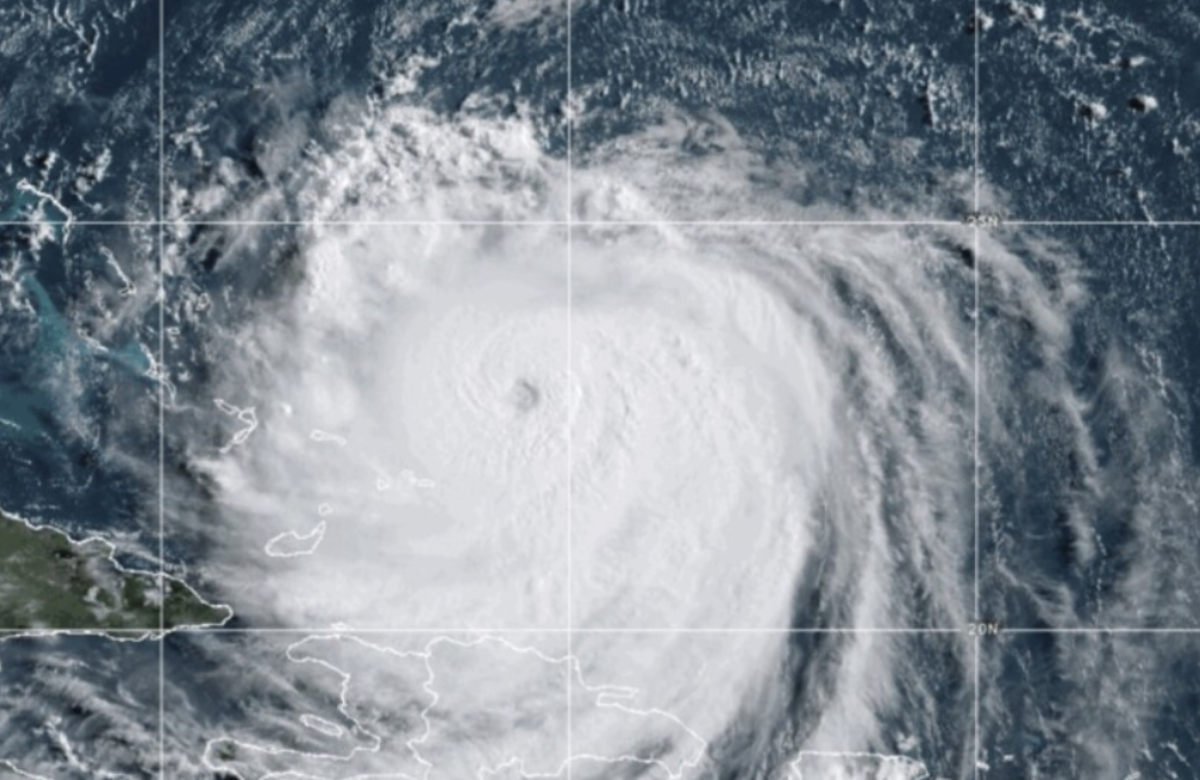Santorini, a Greek island, has been experiencing a series of tremors, leading authorities to shut down schools and airlines to add extra flights on Monday to assist in evacuating people from the popular tourist spot.
In the last four days, over 200 earthquakes have been detected between Santorini and Amorgos in the Aegean Sea. The most powerful quake registered a magnitude of 4.6.
Santorini continues to experience tremors, some of which have reached magnitudes above 4, prompting authorities to close schools on the island and on nearby Amorgos, Ios, and Anafi. Residents have also been advised to avoid large indoor gatherings.
Despite these minor to light quakes, Greek Prime Minister Kyriakos Mitsotakis urged calm, calling the seismic activity a “very intense geological phenomenon” while speaking at a European Union leaders’ meeting in Brussels.
Vassilis Karastathis, director of the Institute of Geodynamics at the National Observatory of Athens, confirmed that the tremors continue at a steady intensity.
In response to the situation, Aegean Airlines, Greece’s largest airline, added extra flights to and from Santorini on Monday and Tuesday to assist people in leaving the island.
Nikos Zorzos, the island’s mayor, denied reports of a mass exodus, explaining that most of those leaving were seasonal workers rather than permanent residents.
Santorini, located on the Hellenic Volcanic Arc, is prone to seismic activity. Despite this, the island remains a major tourist destination, attracting around 3.4 million visitors annually, far surpassing its 20,000 permanent residents.
Santorini is renowned for its crescent-shaped caldera, which was formed by one of the largest volcanic eruptions in history around 3,600 years ago. The island is a popular tourist spot, often referred to as Greece’s “Instagram island” due to its stunning golden light and breathtaking views.
The island sits on the Hellenic Volcanic Arc, one of Europe’s most active volcanic regions, which has witnessed over 100 eruptions in the past 400,000 years.
The most significant earthquake in Santorini’s recent history occurred in 1956, with a magnitude of 7.5. The earthquake triggered a massive tsunami, reaching heights of 25 meters (about 80 feet), resulting in at least 53 fatalities, over 100 injuries, and extensive damage to the island’s infrastructure, with one-third of the buildings collapsing.
Authorities have stated that the current seismic activity is linked to tectonic movements rather than volcanic activity. They also pointed out that similar increased seismic activity in 2011 and 2012 did not lead to any eruptions.















